
The Simple “Finger Test”

Most people associate lung cancer with dramatic symptoms — a persistent cough, lingering chest pain, or trouble catching their breath. But there’s another early warning sign that’s far easier to overlook, and surprisingly, you can check for it yourself in just a few seconds. It’s known as the simple “finger test,” and while it can’t diagnose cancer, it can alert you to changes worth discussing with a doctor.
🚨 Why Early Detection Matters
Lung cancer is often called a “silent” disease because many of its symptoms don’t appear until the cancer has progressed. According to The Mirror, lung cancer spreads faster than many other common cancers, with nearly 40,000 new cases diagnosed annually in the UK alone. The earlier the disease is detected, the more treatment options are available — and the better the chances of survival.
That’s why learning to spot even the smallest early signs is not just important — it can be life-saving.
🖐️ How to Perform the Finger Test
This quick self-check takes only seconds and requires no equipment:
-
Place the nails of your two index fingers together, nail to nail.
-
Look closely at the point where the nails touch.
-
If you see a small, diamond-shaped gap of light between the nails, that’s what healthy fingers typically show.
-
If no gap appears, and your fingertips look swollen, rounded, or unusually curved, it may indicate a condition known as finger clubbing.
This doesn’t automatically mean you have lung cancer — but it does mean your body may not be getting enough oxygen, and it’s a sign worth checking with a healthcare professional.
🧠 What Is Finger Clubbing?
Finger clubbing occurs when tissue builds up beneath the fingernails, causing them to change shape. It’s usually a response to chronically low oxygen levels in the blood. While lung cancer is one possible cause, finger clubbing can also be linked to:
-
Chronic lung infections
-
Heart disease
-
Interstitial lung disease
-
Certain digestive or endocrine disorders
The process typically develops in stages:
-
The nail base becomes unusually soft or “spongy.”
-
The skin around the nail bed develops a shiny, stretched appearance.
-
The nails begin to curve more noticeably.
-
The fingertips progressively swell as fluid gathers in the surrounding tissue.
If you observe these changes or feel unsure, booking an appointment with your GP is the safest next step.
👤 A Real-Life Story: The Fingers That Saved a Life
Lung cancer survivor Brian Gemmell had no cough, no chest pain, and none of the symptoms people usually associate with lung problems. What he did have was finger swelling — something he almost ignored. But when his GP noticed the clubbing during a routine visit, she ordered an X-ray.
That scan revealed early-stage lung cancer, still contained within one lung. Because it was caught early, Brian received treatment before the cancer spread.
His advice is straightforward and powerful:
“Go and see your doctor if you’ve got anything that concerns you — that’s what a GP is for. Go as soon as you can.”
His story is a reminder that even quiet signs can carry important messages.
🩺 Expert Advice
According to GP Dr. Helen Piercy, early evaluation is crucial:
“If you notice any signs or symptoms that concern you, see your GP. First, phone for an appointment. You’ll be assessed and invited in if you need a face-to-face visit. Don’t be afraid — pick up the phone.”
Doctors don’t expect you to diagnose yourself — they’re there to help you make sense of changes in your body, no matter how small they may seem.
⚠️ Other Possible Symptoms of Lung Cancer
Finger clubbing is just one potential indicator. Other symptoms to watch for include:
-
A cough that lasts three weeks or more
-
Breathlessness or wheezing
-
Frequent or recurring chest infections
-
Changes in an existing cough
-
Chest or shoulder discomfort
-
Coughing up blood or blood-tinged mucus
-
Persistent fatigue or low energy
-
Hoarseness
-
Swelling in the face or neck
These symptoms don’t automatically mean cancer — many have harmless explanations — but getting them checked can provide clarity and peace of mind.
✅ The Bottom Line
The finger test is a quick, simple, and completely free way to spot a potential early sign of lung cancer or other health issues. It takes only a few seconds, but it can point you toward medical attention that may make a crucial difference.
If something doesn’t look right, don’t ignore it.
Early action doesn’t just improve outcomes — it saves lives.
Disclaimer
This article is for informational purposes only and is not a substitute for professional medical advice, diagnosis, or treatment. Always consult your healthcare provider if you notice unusual symptoms or changes in your body.
News in the same category


Don’t Throw Away Overripe Bananas – The Black-Spotted Ones Are a Nutritional Treasure
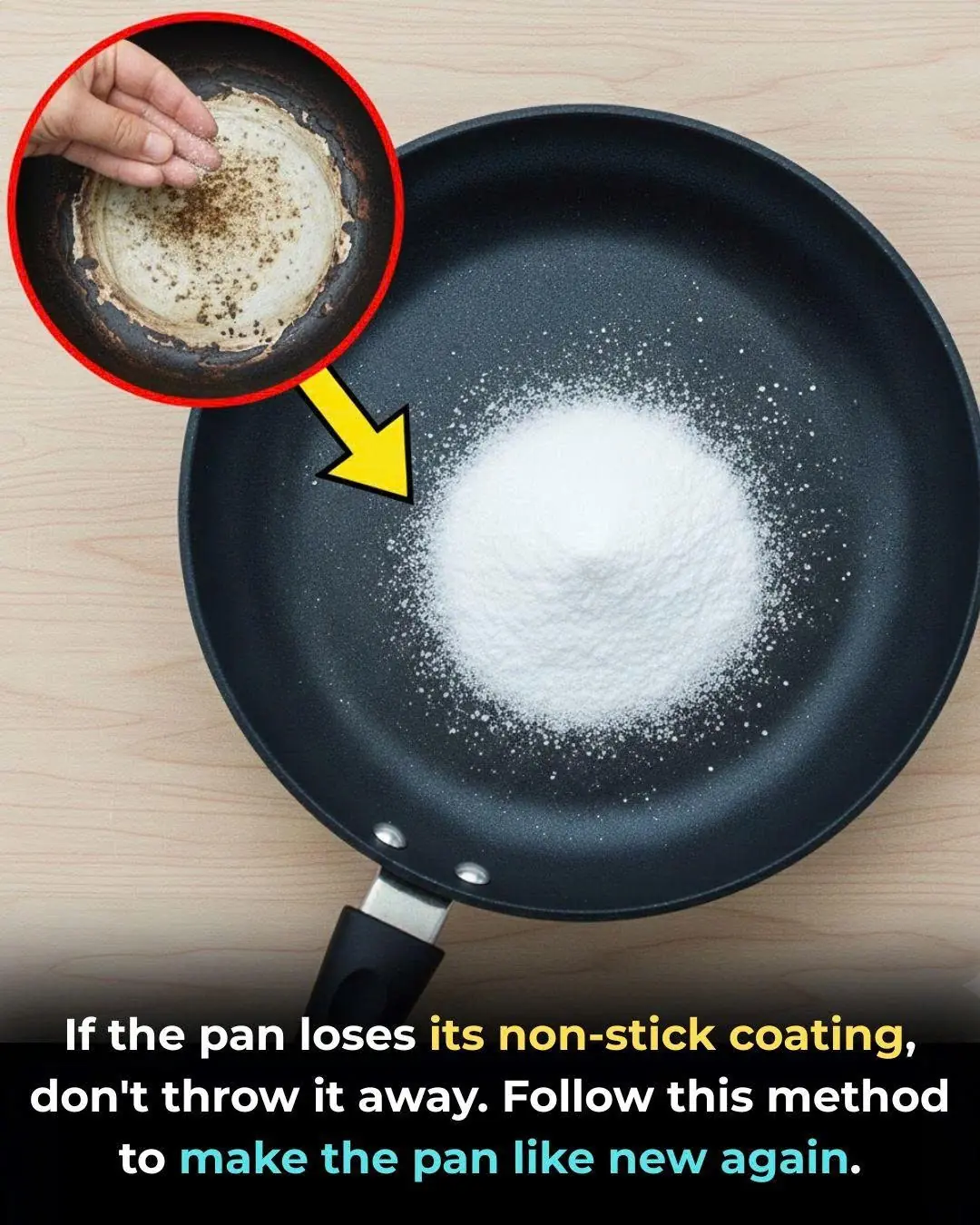
Your Non-Stick Pan Lost Its Coating? Don’t Throw It Away – Here’s How to Use It Like New
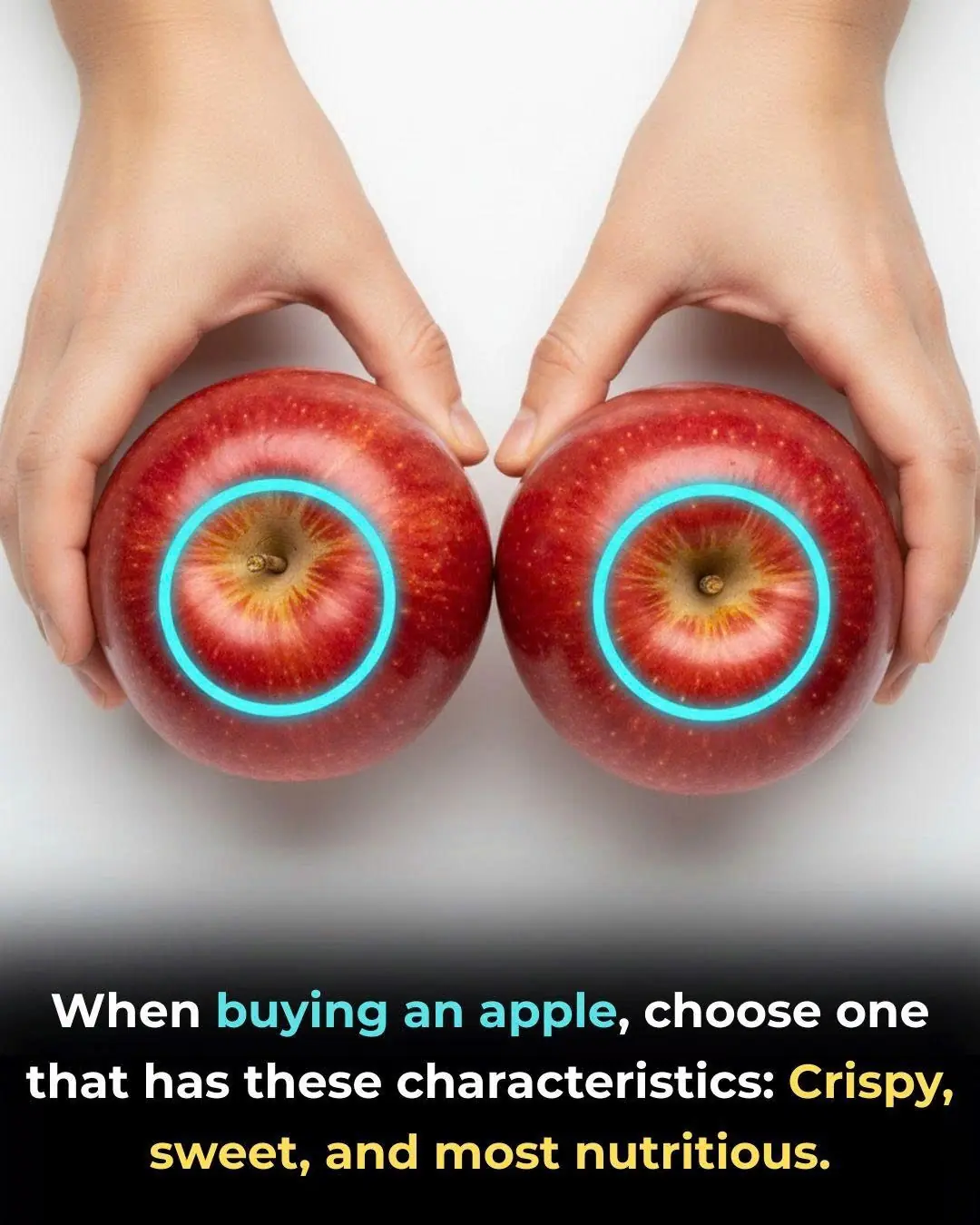
How to Choose the Best Apples: The Crispest, Sweetest, and Most Nutritious Ones (Updated for Nov 11, 2024)

When a married woman is obsessed with another man, she does 9 things.

The Mystery of the Blue Stop Sign

🦻 Hearing Loss: What Really Causes It — And What You Can Do

Why Placing Borax on Wax Paper Under Your Fridge Works: A Full Guide

Lavender Oil and Baking Soda: A Natural DIY Air Freshener Backed by Science (Full SEO Article)
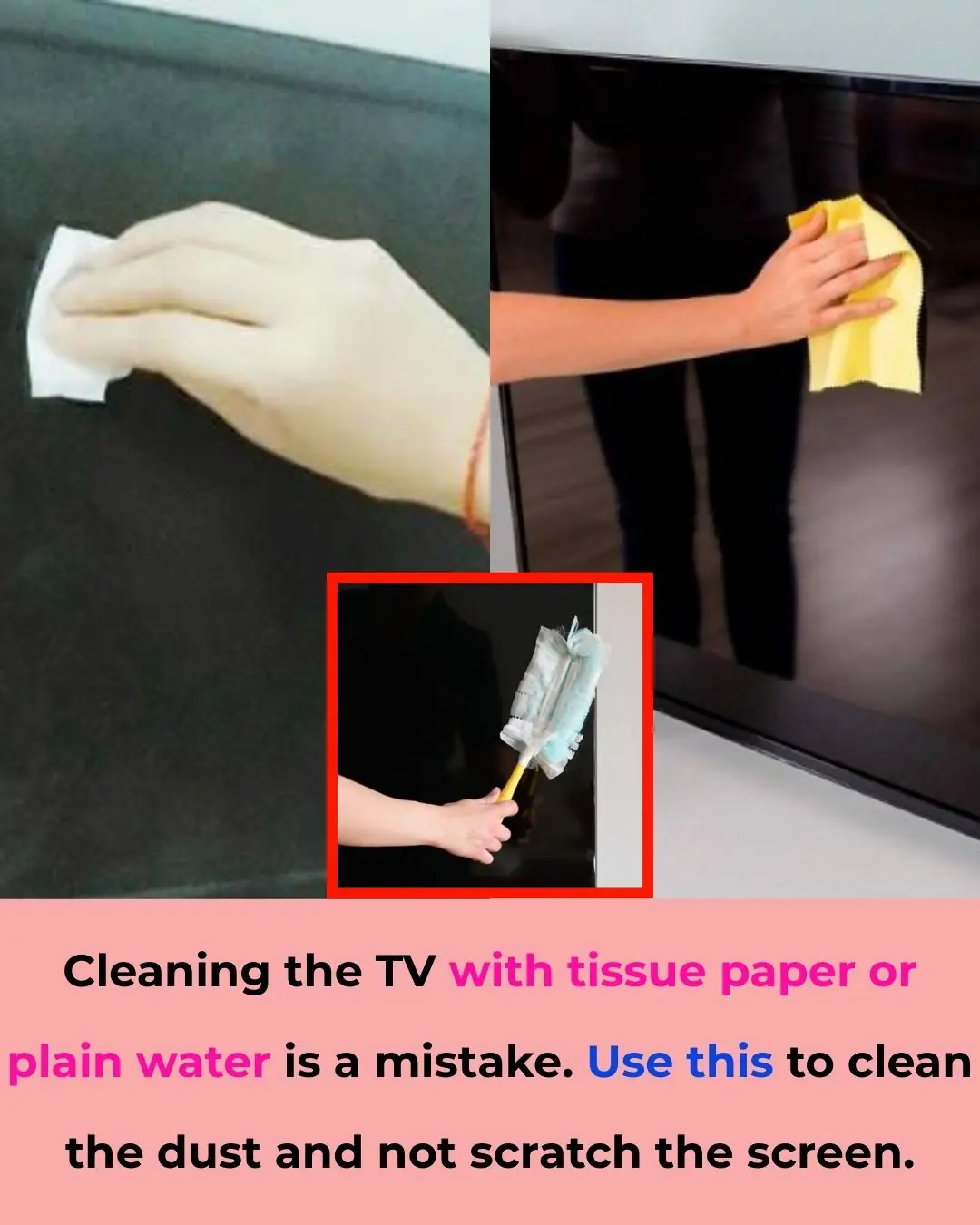
Cleaning the TV with tissue paper or plain water is a mistake. Use this to clean the dust and not scratch the screen

Bananas can't be eaten in time when bought. Do this so they won't be dark or overripe all week

Kettles Build Up Mineral Deposits Over Time — Add This One Ingredient, Boil Once, and It Becomes Spotless Without Scrubbing

Why Should You Pour a Kettle of Boiling Water Into the Hotel Toilet Right After Checking In? Here’s the Reason You Shouldn’t Ignore
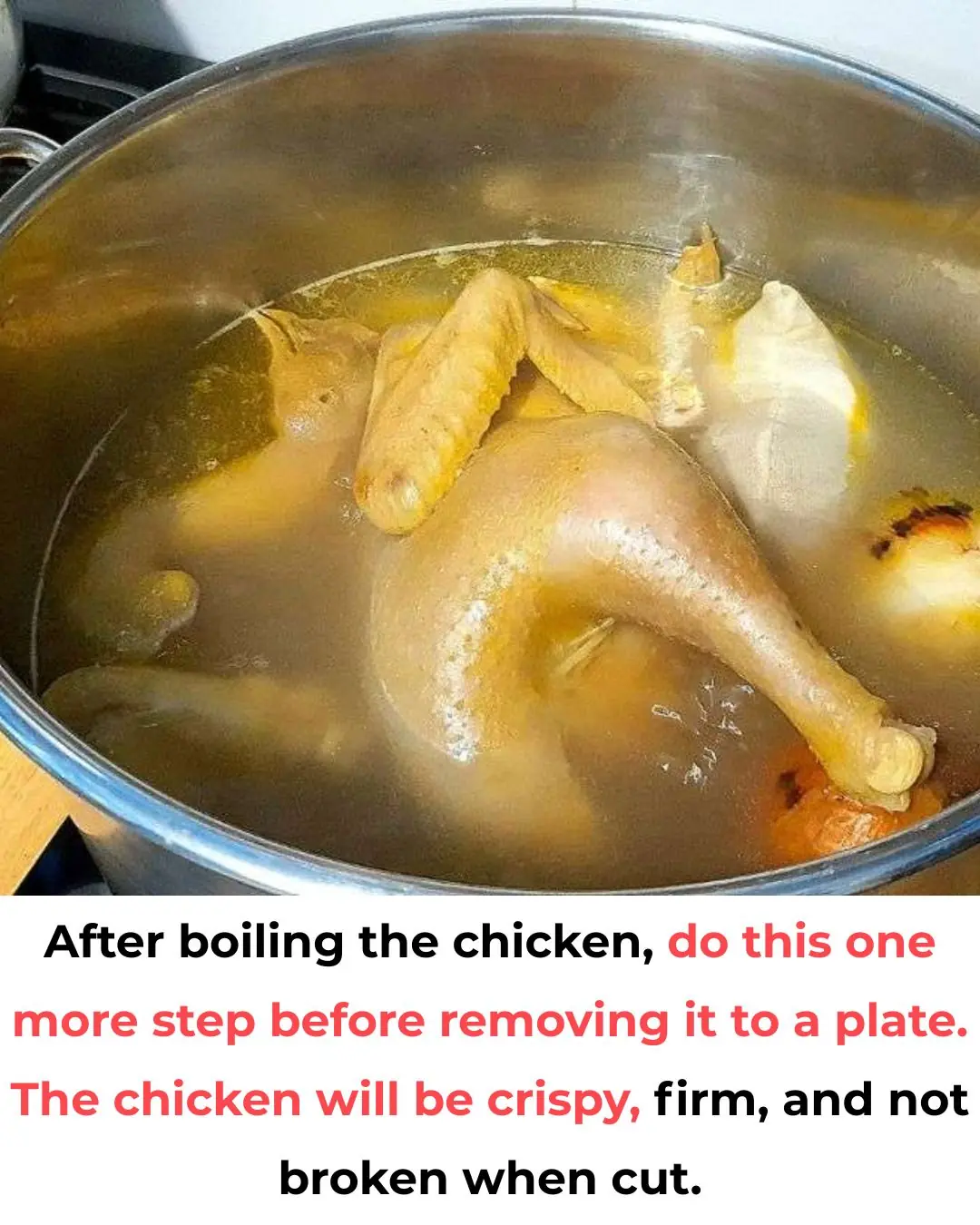
After boiling the chicken, do this one more step before removing it to a plate. The chicken will be crispy, firm, and not broken when cut.

The sink is clogged, just follow this tip, no need to call a plumber

Don't put fresh chili in the refrigerator right away after buying it. How to keep it from spoiling for half a year?

A dull knife can't cut anything, but this one is sharp and shiny like new.

Putting eggs in the refrigerator door is a classic mistake that causes eggs to spoil quickly and lose all nutrients.

6 effective ways to repel cockroaches without chemicals
News Post
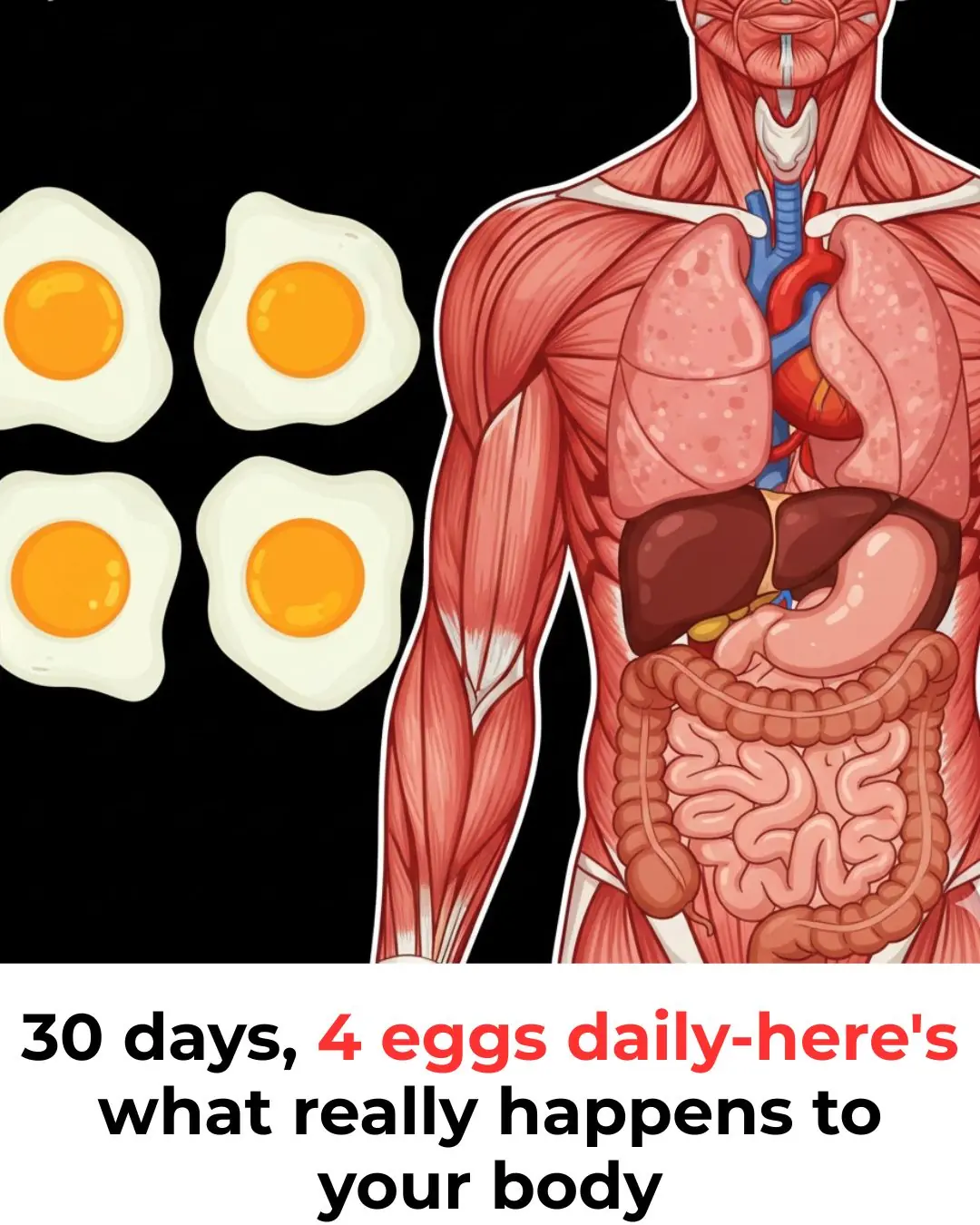
What if you ate 4 eggs a day with the yolks for 30 days?

You’ve Been Taking The Wrong Type of Magnesium All This Time

This Salt, Pepper and Lemon “Miracle-Mix” Can Help Solve 9 Problems
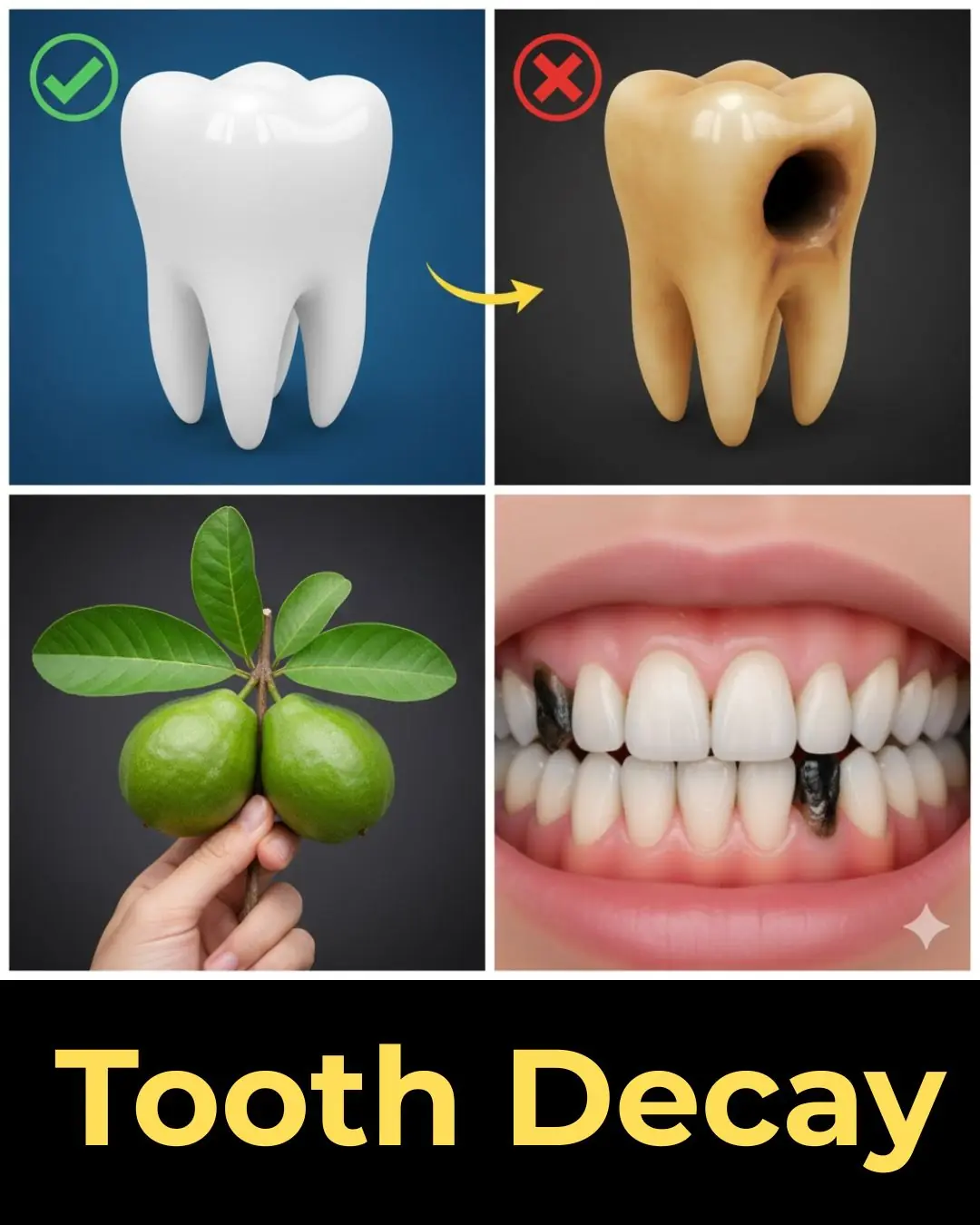
Tooth Decay Repair with Natural Remedies: Can Guava Leaves Help?

Onion Oil for Hair: The Smelly Secret to Long, Lush Locks

What does it mean to walk with your hands behind your back?

The Hidden Power of Mango Seed
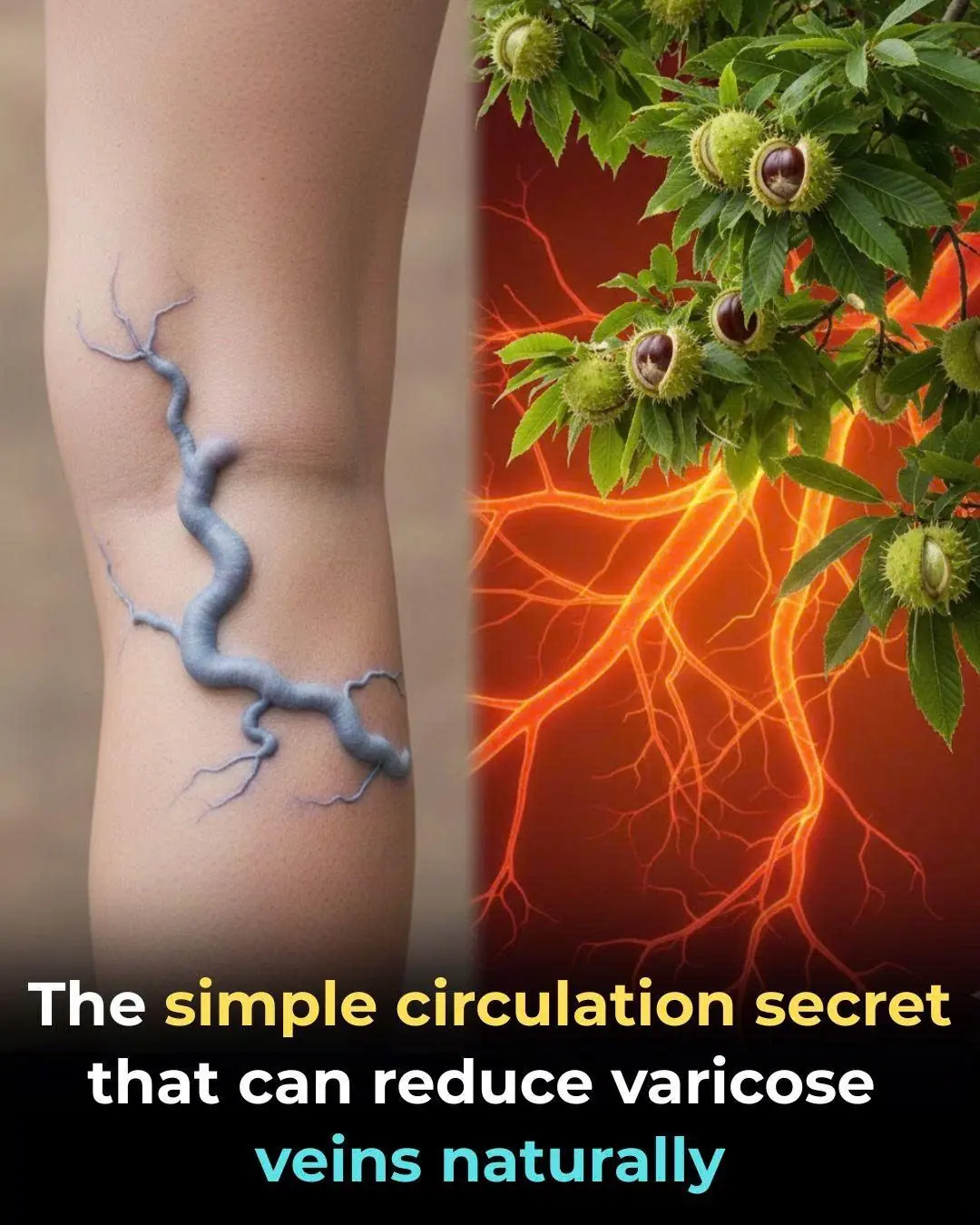
The simple circulation secret that can reduce varicose veins naturally

Doctors Reveal What Really Happens When You Eat Avocado Every Day
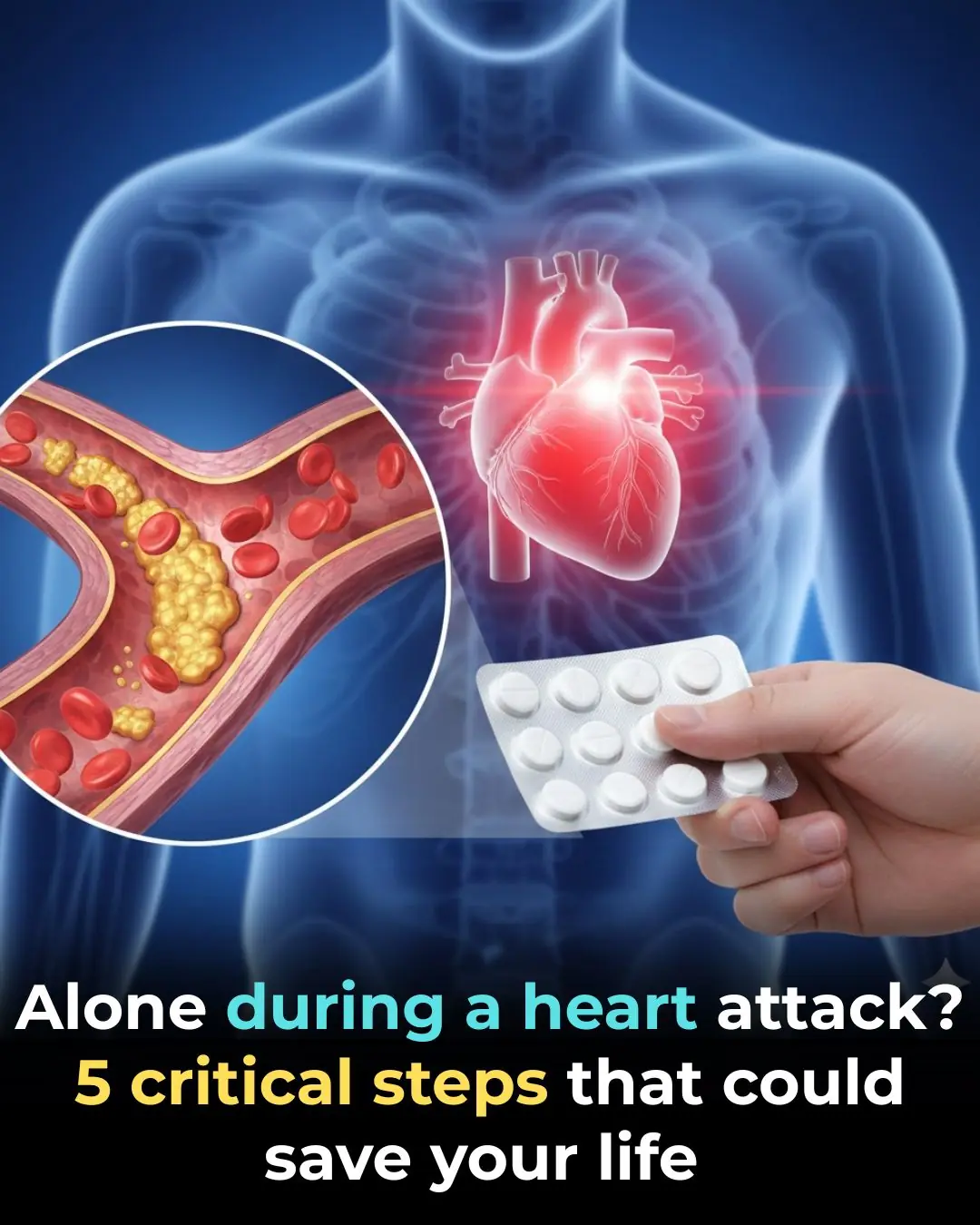
Home Alone During a Heart Attack …5 Critical Steps That Could Save Your Life

Rice Baby Oil Collagen Cream For Wrinkle Free Glowing Skin

When Buying Shrimp: Should You Choose Straight or Curved Ones? The Difference Is Huge but Few People Know

Tiny Wings, Mighty Legacy: How Bees Create Honey and Sustain Life on Earth

Don’t Throw Away Overripe Bananas – The Black-Spotted Ones Are a Nutritional Treasure

Hawaii Is Releasing Mosquitoes From Drones — And It Could Help Save Species From Extinction

Your Non-Stick Pan Lost Its Coating? Don’t Throw It Away – Here’s How to Use It Like New

Superfetation: The Rare Phenomenon of Becoming Pregnant While Already Pregnant

How to Choose the Best Apples: The Crispest, Sweetest, and Most Nutritious Ones (Updated for Nov 11, 2024)

When a married woman is obsessed with another man, she does 9 things.
